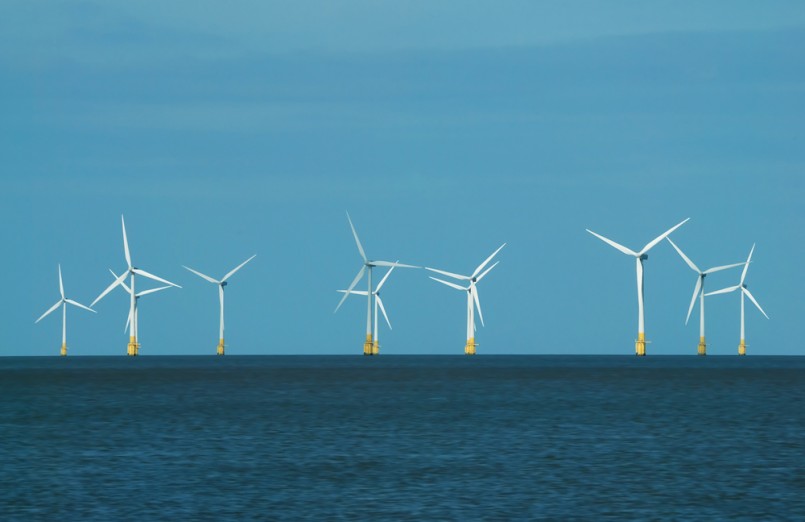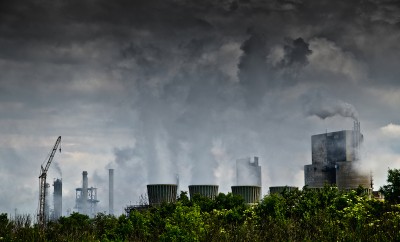Environment
Everything you need to know about off-shore wind projects

Image: Shutterstock/Becky Stares
If you have ever driven in the countryside in Europe, you have probably seen wind turbines in a line in some open field. While these are great and very helpful for the environment, off-shore wind farms are even more effective. They are less disruptive and are completely out of the way in terms of human activity. Furthermore, they can generate more energy out in the ocean where there are more powerful open winds.
There are clear advantages to off-shore wind and you may want to know more. So, here are the answers to some of the most important questions you may have.
How common are off-shore wind farms?
So far, there are a total of around forty complete farms around the world, spanning across nine different countries. Most of the sites are in Europe but the U.S. is catching up by placing some on the northeast coast around New York and Cape Cod. Because the European ones have been so successful, the United States has turned to it as a way of a renewable and more eco-friendly energy source.
How do they affect the wildlife and creatures living around the wind farm? According to Cape Wind, they reassure readers by saying bird collisions with the wind turbines rarely happen and the birds usually go around them. There also seems to be little evidence that they harm marine animals, as they are careful when constructing turbines. Even after they have been constructed, there are little cases where the fish are impacted by the project. In fact, in northern Europe there has been an increase in wildlife, rather than a decline.
How much energy do they provide?
The amount of energy a farm makes is enough to provide for more than three thousand homes each year. In comparison, this is twice as much as land wind turbines, which will no doubt make a dent in the U.S.’s carbon footprint, which is one of the global highest.
Are there any problems with them?
One of the main issues with wind energy is that it is expensive to construct and requires extensive upkeep. It is necessary for someone to look over the turbines at all times in case there are any failures or problems so they are a high maintenance source of energy and this is more difficult in the water than on land.
They can also make nighttime navigation for boats and ships a little more challenging, especially if they are a new development that is not well marked.
Regardless of these disadvantages, what is gained is more valuable than the risks. Off-shore wind farms could be crucial in leading a greener way of life as they are extremely effective and less disruptive than many other sources of renewable energy.





0 comments